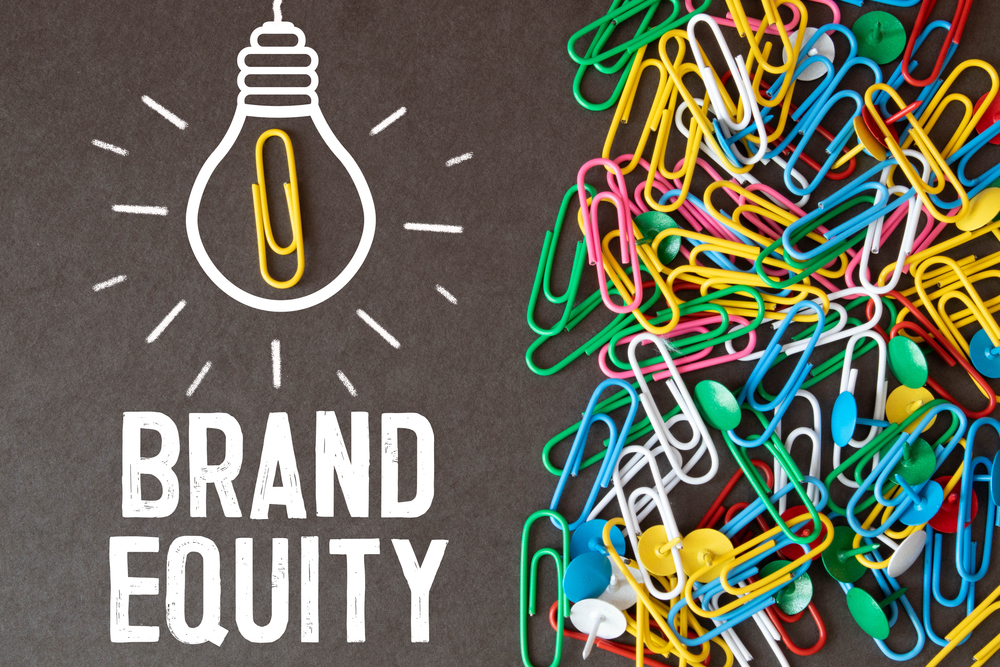
What is Brand Equity?
Brand equity refers to the value a brand adds to a company’s products, based on consumer perceptions, experiences, and interactions. When a company has strong brand equity, customers are more likely to choose its products over competitors, even if they are more expensive. This term includes both tangible elements, like a brand’s name and logo, and intangible ones, like its messaging and overall reputation.
Brand equity can be either positive or negative. Positive brand equity occurs when consumers view a brand favorably, resulting in higher demand, customer loyalty, and the ability to charge premium prices. Negative brand equity happens when a brand’s reputation is damaged, causing a loss of trust and reduced sales.
BE is built over time through consistent branding efforts, positive customer experiences, and effective marketing strategies. It is an asset that not only enhances a company’s financial performance but also serves as a barrier to competition.
The Components of Brand Equity
Several components contribute to a company’s brand equity, with awareness being one of the most crucial. Awareness refers to how familiar consumers are with a brand and how easily they recognize it. Companies that invest in increasing their visibility, both online and offline, can boost brand awareness, making their products top-of-mind when consumers are ready to make a purchase.
Another key component is brand loyalty. Loyal customers are more likely to repurchase from the same brand and recommend it to others. Building brand loyalty requires consistently delivering quality products, excellent customer service, and maintaining strong relationships with customers. Loyal customers are not only more valuable in terms of lifetime value, but they also serve as advocates, helping to spread positive word-of-mouth.
Perceived quality is another major factor that contributes to BE. This refers to how customers view the quality of a product or service compared to competitors. A strong perception of quality can enhance the credibility of the brand and justify higher price points. Companies that focus on delivering superior quality, both in product performance and customer service, can strengthen their BE.
Lastly, brand equity is influenced by brand associations. These are the mental connections that customers make between the brand and certain qualities or attributes. For example, customers might associate a brand with luxury, innovation, or environmental sustainability. Positive brand associations can drive customer preference and loyalty, helping to differentiate a brand in a competitive market.
The Impact on Business Performance
Having strong brand equity directly impacts a company’s bottom line. One of the most significant benefits is the ability to charge premium prices. When customers perceive a brand as valuable and trustworthy, they are often willing to pay more for its products or services. This allows companies to enjoy higher profit margins without sacrificing customer satisfaction.
In addition, strong brand equity can lead to increased customer retention and lifetime value. Loyal customers who have positive associations with a brand are more likely to continue purchasing from that brand over time. This long-term relationship with customers not only drives recurring revenue but also reduces marketing costs, as businesses can spend less on acquiring new customers.
Furthermore, companies with strong brand equity can more easily expand their product lines or enter new markets. When customers trust a brand, they are more likely to try new products or services from that brand. This opens opportunities for businesses to diversify and grow without having to build consumer trust from scratch.
Lastly, brands with strong equity often have an advantage when it comes to partnerships, collaborations, or sponsorships. Other businesses and influencers are more likely to associate with well-established brands, which can further enhance a company’s reputation and visibility.
Building and Maintaining Brand Equity
Building brand equity requires a strategic, long-term approach that involves multiple aspects of marketing, customer engagement, and product development. The first step is developing a strong brand identity that resonates with your target audience. This includes defining the brand’s values, mission, and unique selling proposition (USP). A clear, authentic brand identity helps establish a strong emotional connection with customers, which is essential for building loyalty and trust.
Investing in high-quality marketing and communication efforts is also crucial for building brand equity. Companies should focus on creating consistent messaging across all channels, including social media, email, and traditional advertising. Consistency helps reinforce brand recognition and ensures that customers have a cohesive experience when interacting with the brand.
Customer experience plays a significant role in building and maintaining BE. Every interaction a customer has with a brand—from purchasing a product to receiving customer service—affects their perception of the brand. Companies that prioritize delivering positive, seamless experiences at every touchpoint can foster stronger customer relationships and enhance their overall brand equity.
Finally, businesses must continually monitor and measure their brand equity to ensure they are maintaining their competitive edge. Regularly collecting customer feedback, tracking brand awareness metrics, and analyzing customer sentiment can help businesses identify areas for improvement and address potential issues before they escalate.
The Long-Term Value
Brand equity is a powerful asset that can significantly impact a company’s success. It influences customer perceptions, drives loyalty, and creates opportunities for growth. By investing in building strong BE, companies can enjoy long-term benefits, including premium pricing power, customer retention, and increased profitability.
As companies navigate an ever-changing market landscape, maintaining a focus on brand equity is essential for sustaining business growth. Brands that prioritize customer experience, consistently deliver value, and engage with their audience will continue to thrive in the marketplace.

